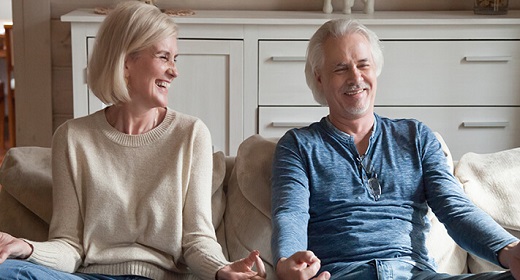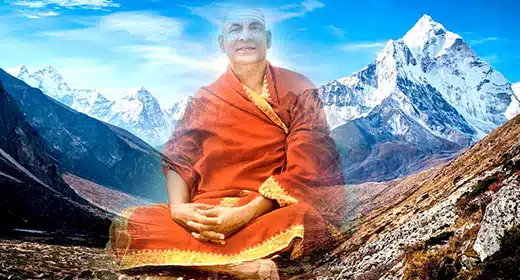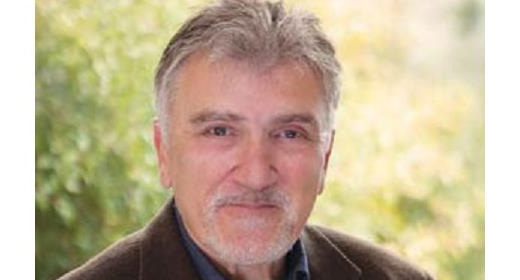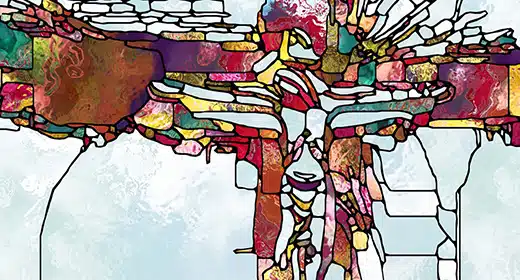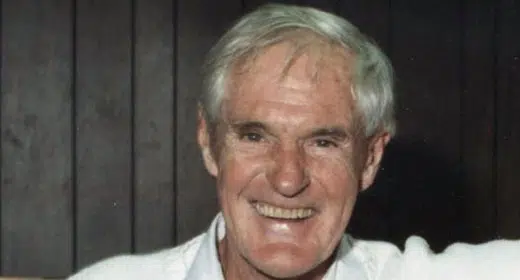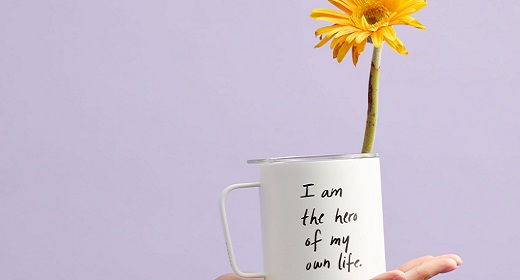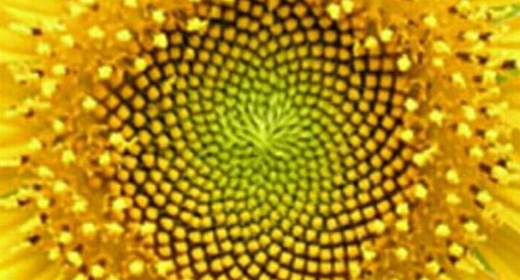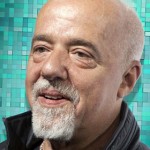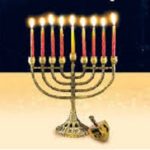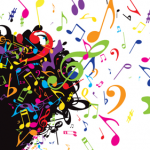by B.K.S. Iyengar: Named one of the 100 most influential people in the world by Time last year, B.K.S. Iyengar has had a huge impact on yoga in America. In his book Light on Life, he reveals how the practice can change your life.
 No matter what style of yoga you practice or where—whether it’s Ashtanga at the Yoga Workshop in Boulder, Colorado; Yee Yoga at Yoga Shanti in Sag Harbor, New York; or Anusara at Yoga Sangha in San Francisco—your yoga has been influenced by B.K.S. Iyengar. The huge popularity of yoga in the West can in large part be attributed to Mr. Iyengar, who first introduced his style of yoga to the United States several decades ago. Many of his innovations are standard features today: He molded the way we think about alignment and developed anatomically precise terms to convey it; pioneered the use of props as learning tools; and taught how to minimize esoteric Hindu trappings without sacrificing the yoga quest for union of body, mind, and soul. One of his most significant contributions, however, has been the use of yoga as a therapeutic tool. His discoveries have provided evidence of yoga’s power to deal with a host of maladies, and the results of his work have raised the credibility of yoga in the scientific and medical communities.
No matter what style of yoga you practice or where—whether it’s Ashtanga at the Yoga Workshop in Boulder, Colorado; Yee Yoga at Yoga Shanti in Sag Harbor, New York; or Anusara at Yoga Sangha in San Francisco—your yoga has been influenced by B.K.S. Iyengar. The huge popularity of yoga in the West can in large part be attributed to Mr. Iyengar, who first introduced his style of yoga to the United States several decades ago. Many of his innovations are standard features today: He molded the way we think about alignment and developed anatomically precise terms to convey it; pioneered the use of props as learning tools; and taught how to minimize esoteric Hindu trappings without sacrificing the yoga quest for union of body, mind, and soul. One of his most significant contributions, however, has been the use of yoga as a therapeutic tool. His discoveries have provided evidence of yoga’s power to deal with a host of maladies, and the results of his work have raised the credibility of yoga in the scientific and medical communities.
Mr. Iyengar’s book Light on Yoga, first published in 1966, has become a classic and is considered the ultimate reference manual of asana practice; when teachers refer to the correct way to do a posture, they’re usually alluding to the alignment Mr. Iyengar instructs and expertly models in his book. In fact, at Yoga Journal we wouldn’t think of doing a photo shoot without a copy of Light on Yoga on the set.
“The popularity of yoga and my part in spreading its teachings are a great source of satisfaction to me,” Mr. Iyengar says. “But I do not want its widespread popularity to eclipse the depth of what it has to give to the practitioner.” He shares his understanding of what constitutes the full yogic journey in Light on Life.
Rather than present the yoga postures as he did in Light on Yoga, Mr. Iyengar reveals in Light on Life the “heart of yoga” that he personally discovered through more than 70 years of disciplined, daily practice. He explores the yogic goal of integrating the different aspects of our existence (physical, emotional, mental, and spiritual), the role that yoga postures and breathing techniques play in our search for wholeness, the external and internal obstacles that keep us from progressing along the path, and the precise ways that yoga can transform our lives and help us live in harmony with the world around us. In the following excerpt from Light on Yoga, Mr. Iyengar explains why asana practice is important on the yogic journey, but is not the end goal.
The purpose or goal of asana is to align and harmonize the physical body and all the layers, or sheaths, of the subtle emotional, mental, and spiritual body. This is integration. But how does one align these layers and experience integration? How does one find such profound transformation in what from the outside may look simply like stretching or twisting the body into unusual positions? It begins with awareness.
We think of intelligence and perception as taking place exclusively in our brains, but yoga teaches us that awareness and intelligence must permeate the body. Each part of the body literally has to be engulfed by the intelligence. We must create a marriage between the awareness of the body and that of the mind.
When the two parties do not cooperate, it leads to a sense of fragmentation and “dis-ease.” For example, we should only eat when our mouth spontaneously salivates, as it is the body’s intelligence telling us that we are truly hungry. If not, we are force-feeding ourselves and “dis-ease” will surely follow.
Many moderns use their bodies so little that they lose the sensitivity of this bodily awareness. They move from bed to car to desk to car to couch to bed, but there is no awareness in their movement, no intelligence. There is no action. Action is movement with intelligence. The world is filled with movement. What the world needs is more conscious movement, more action.
Yoga teaches us how to infuse our movement with intelligence, transforming it into action. In fact, action that is introduced in an asana should excite the intelligence. When we initiate an action in asana and somewhere else in the body moves without our permission, the intelligence questions this and asks, “Is that right or wrong? If wrong, what can I do to change it?”
How do we develop this intelligence in the body? How do we learn to turn our movement into action? Asana can begin to teach us. We develop such an intense sensitivity that each pore of the skin acts as an inner eye. We become sensitive to the interface between skin and flesh. In this way our awareness is diffused throughout the periphery of our body and is able to sense whether in a particular asana our body is in alignment. We can adjust and balance the body gently from within with the help of these eyes. This is different from seeing with our normal two eyes. Instead we are “sensing” the position of our body.
For example, when you stand in the Warrior Pose with arms extended, you can see the fingers of your hand in front of you, but you can also feel them. You can sense their position and their extension right to the tips of your fingers. You can also sense the placement of your back leg and tell whether it is straight or not without looking back or in a mirror. You must observe and correct the body position (adjusting it from both sides) with the help of the trillions of eyes that you have in the form of cells. This is how you begin to bring awareness to your body and fuse the intelligence of brain and brawn. This intelligence should exist everywhere in your body and throughout the asana. The moment you lose the feeling in the skin, the asana becomes dull and the flow or current of the intelligence is lost.
The sensitive awareness of the body and the intelligence of the brain and heart should be in harmony. The brain may instruct the body to do a posture, but the heart has to feel it, too. The head is the seat of intelligence; the heart is the seat of emotion. Both have to work in cooperation with the body.
It requires an exercise of will, but the brain must be willing to listen to the body and see what is reasonable and prudent within the body’s capacity. The intelligence of the body is a fact. It is real. The intelligence of the brain is only imagination. So the imagination has to be made real. The brain may dream of doing a difficult backbend today, but it cannot force the impossible even on to a willing body. We are always trying to progress, but inner cooperation is essential.
The brain may say: “We can do it.” But the knee says: “Who are you to dictate to me? It is for me to say whether I can do it or not.” So we have to listen to what the body says. Sometimes the body cooperates with us and sometimes it thinks things over. If necessary, we must use our intelligence to reflect. Solutions will present themselves even though this initially occurs through trial and error. Then you will have true understanding between the body and the mind, but this requires not only the humility of the brain but also understanding in the body. The brain does not know everything. If the brain receives knowledge from the body, it will be able to increase the intelligence of the body later. In this way, the body and the brain begin working together to master the asana.
This is the process of interweaving and interpenetration, when the layers of our being work in harmony with one another. By interweaving, I mean that all the threads and fibers of our being at every level are drawn into contact and communication with each other. This is how the body and the mind learn to work together. The skin provides our outermost layer of intelligence. At our core lies our innermost wisdom. So the knowledge from outer perception and inner wisdom should always be in contact in your postures. At that time there is no duality: you are one; you are complete. You exist without the feeling of existence. The challenge from the skin should tap the Self, our Soul, and the Self has to say: what more have I to do? The external knowledge incites the Self to act.
As I have said, while doing yoga, the body must tell one what to do, not the brain. Brain has to cooperate with the message it receives from the body. I will often say to a student, “Your brain is not in your body! That is why you can’t get the asana.” I mean of course that his intelligence is in his head and not filling his body. It may be that your brain moves faster than your body, or your body may fail to fulfill the instructions of your brain owing to lack of right guidance from your intelligence. You must learn to move the brain a bit more slowly so that it follows the body, or you have to make the body move faster to match the intelligence of the brain. Let the body be the doer, the brain the observer.
After acting, reflect on what you have done. Has the brain interpreted the action correctly? If the brain does not observe correctly, then there is confusion in action. The duty of the brain is to receive knowledge from the body and then guide the body to further refine the action. Pause and reflect between each movement. This is progression in attention. Then in the stillness you can be filled with awareness. When you ask yourself, “Has every part of me done its job?” this is self-awareness. The Self has to find out whether this has been done well or not.
Pausing to reflect on your movement does not mean that you are not reflecting throughout the movement. There should be constant analysis throughout the action, not just afterwards. This leads to true understanding. The real meaning of knowledge is that action and analysis synchronize. Slow motion allows reflective intelligence. It allows our mind to watch the movement and leads to a skillful action. The art of yoga lies in the acuity of observation.
When we ask ourselves, “What am I doing?” and “Why am I doing it?” our minds open. This is self-awareness. However, it is necessary to point out that students should be self-aware, not self-conscious. Self-consciousness is when the mind constantly worries and wonders about itself, doubting constantly and being self-absorbed. It is like having the devil and angel both sitting on your shoulders continually arguing over what you should do. When you are self-conscious, you are going to exhaust yourself. You are also going to strain the muscles unnecessarily because you are thinking about the asana and how far you want to stretch. You are not experiencing the asana and stretching according to your capacity.
Self-awareness is the opposite of self-consciousness. When you are self-aware, you are fully within yourself, not outside yourself looking in. You are aware of what you are doing without ego or pride.
When you cannot hold the body still, you cannot hold the brain still. If you do not know the silence of the body, you cannot understand the silence of the mind. Action and silence have to go together. If there is action, there must also be silence. If there is silence, there can be conscious action and not just motion. When action and silence combine like the two plates of an automobile’s clutch, it means that intelligence is in gear.
While doing the postures, your mind should be in an interior conscious state, which does not mean sleep; it means silence, emptiness, and space which can then be filled with an acute awareness of the sensations given by the posture. You watch yourself from inside. It is a full silence. Maintain a detached attitude towards the body, and at the same time, do not neglect any part of the body or show haste, but remain alert while doing the asana. Rushing saps the strength, whether you are in Delhi or New York. Do things rhythmically with a calm mind.
It is difficult to speak of bodily knowledge in words. It is much easier to discover what it feels like. It is as if the rays of light of your intelligence were shining through your body, out your arms to your fingertips and down your legs and out through the soles of your feet. As this happens, the mind becomes passive and begins to relax. This is an alert passivity and not a dull, empty one. The state of alert repose regenerates the mind and purifies the body.
As you are doing an asana, you have to recharge your intellectual awareness all the time; that means the attention flows without interruption. The moment you collapse, you do not recharge, and the attention is dispersed. Then the practice of the asana is a habit, not an invigorating creative practice. The moment you bring attention, you are creating something, and creation has life and energy. Awareness allows us to overcome tiredness and exhaustion in our poses and in our lives. Awareness in action brings back energy and rejuvenates the body and mind. Awareness brings life. Life is dynamic, and so therefore the asanas should also be.

